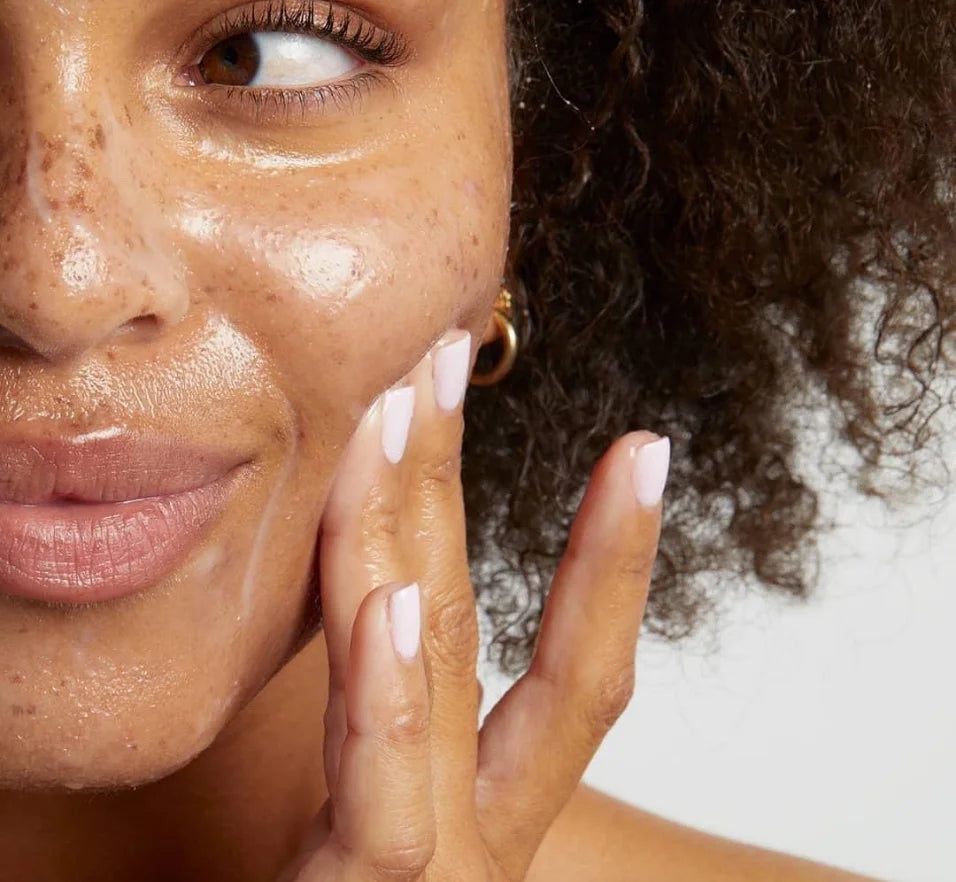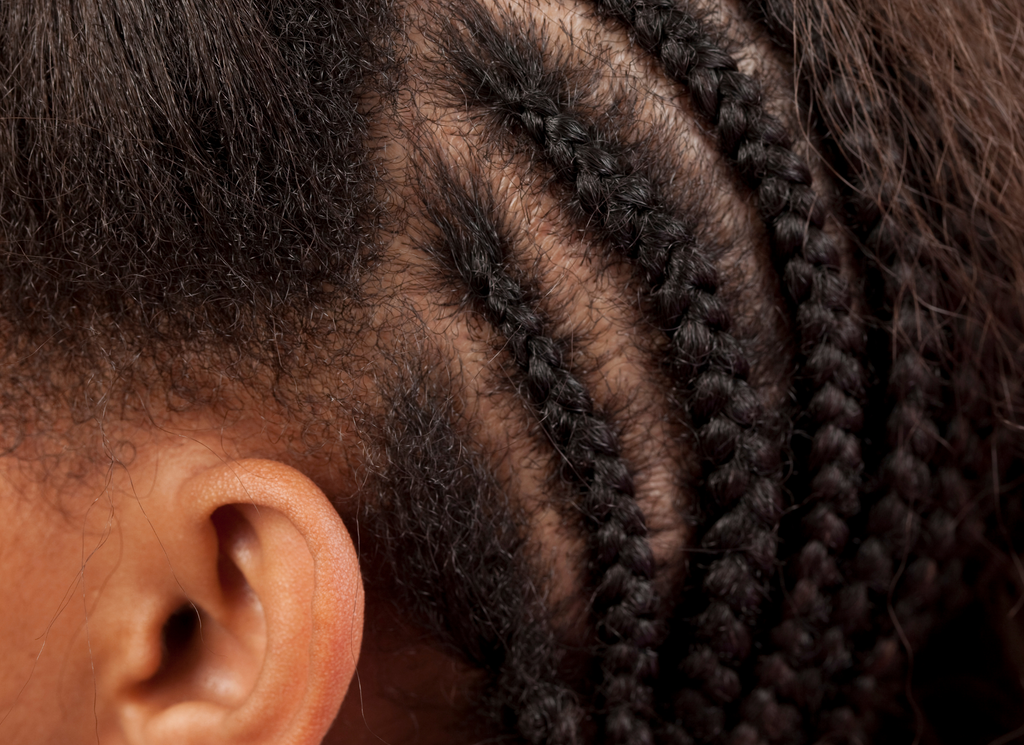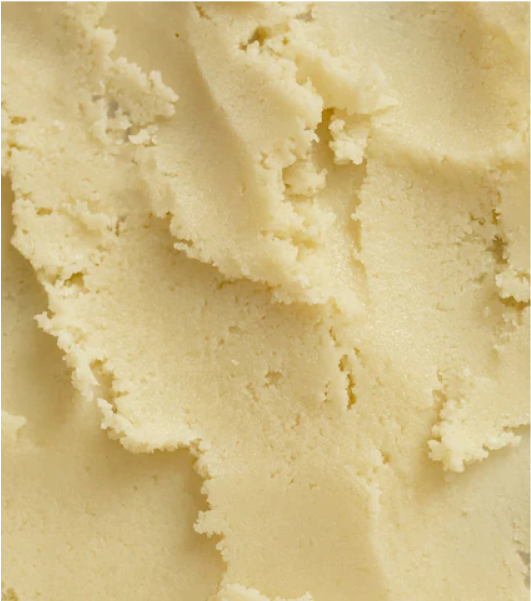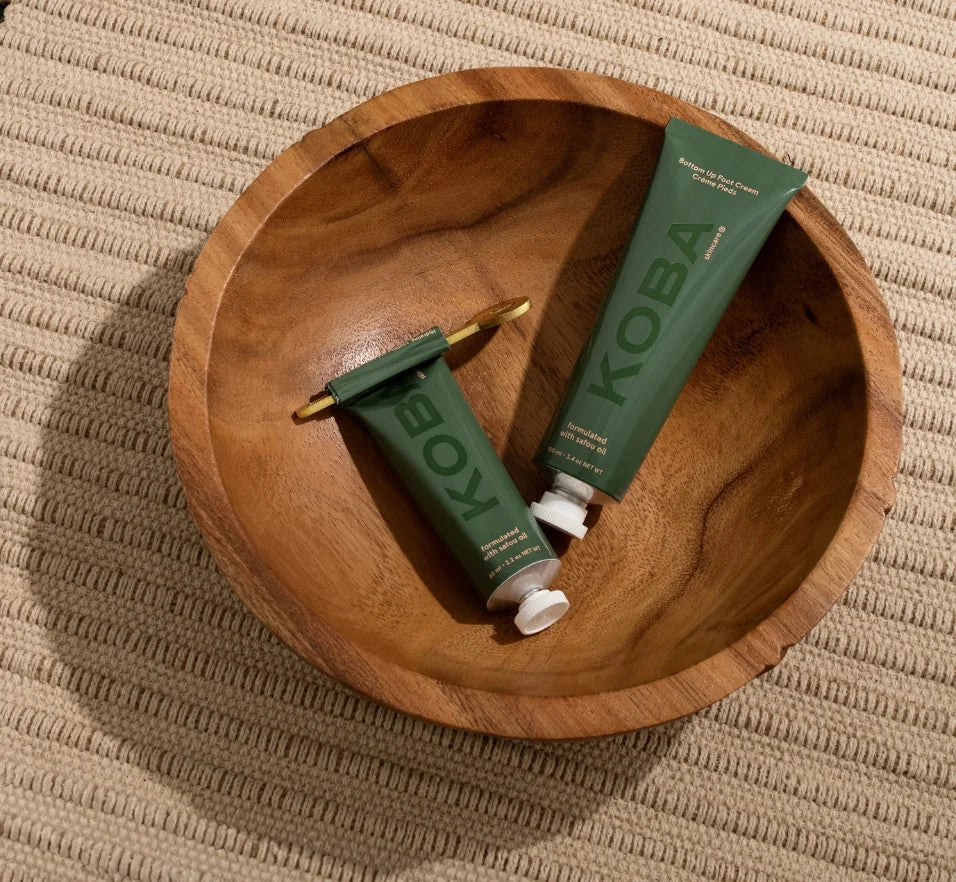Aucune protection ne filtre 100 % des rayons ultraviolets du soleil.
Pour choisir votre protection solaire, il ne faut pas uniquement regarder les indices de protection, il est important de choisir la protection adaptée à son phototype, c'est-à-dire son type de peau.
Pour les peaux très claires et matures, une protection SPF 50+ est recommandée.Pour les peaux sensibles, un écran solaire minéral SPF 50 + est recommandé.Pour les peaux foncées une protection est recommandée soit un indice de protection solaire de 30 à 50.
Comment appliquer sa protection solaire ?
La protection solaire s’applique tous les jours après la crème hydratante et avant le maquillage. Elle doit être ré-appliquée toutes les deux heures afin de s’assurer d’une protection à hauteur de l’indice indiqué.
Pour conclure, il faut retenir que les crèmes solaires protègent la peau contre les cancers, l’hyperpigmentation et le vieillissement de la peau.
N’hésitez pas à commenter pour nous dire si cet article vous a aidé dans votre quête d’information sur les protections solaires.
Image de Pexels par Rfstudio










